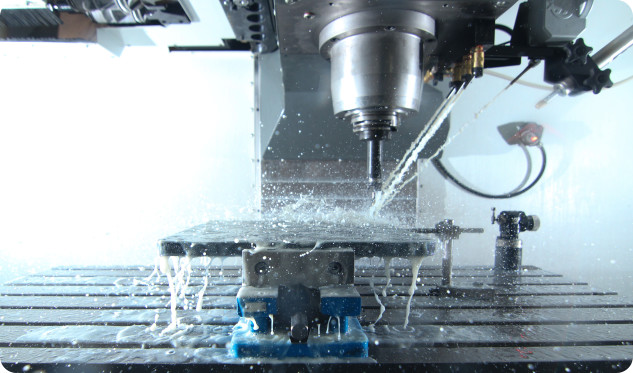
The primary function of a mold is to shape the finished product. In order to do this it must have some means of introducing the plastics material to be formed; it must have some means of forming the inside, outside, and both sides of the product; it must have some means of maintaining the temperature desired in the process; it must have some external or internal mechanism for operating the various features of the mold; it must have some means for allowing the finished product to be removed from the sections which were used in the forming process (this is called ejection), after ejection, it must provide for easy removal of any and all excess material that may have been left during the previous cycle; it must be designed and constructed with adequate strength in the various sections to resist the alternate application and release of pressure.
All plastics processing requires three elements, in varying proportions, depending upon the processing characteristics of the material to be molded or processed. These three elements are time, temperature, and pressure. Time ranges from fractions of a second to hours, or days. Temperature ranges are from freezing to 1200 or 1500° F (650-815° Celsius). Pressure ranges are from negative (vacuum) to 50,000 psi.
The purpose of this particular statement is to show the impossibility of detailing or mentioning every contingency that may be encountered. In this chapter, we will show examples of the basic mold features and the different types that can be used in any combination that will perform the job required by the mold. First we will discuss press operation, second, general mold types and, finally, mold construction features. Using these three elements, an engineer should be able to convey to a designer precisely what is to be designed. A good designer will make a rough sketch or preliminary layout to determine the various wall thicknesses, runner layouts (the path the material will take into the mold), and the features that he wishes to have incorporated into the mold.
Before proceeding with a description of the specific mold types and features,it would be well to discuss the press and operations of the mold in the press in order to understand just what function the mold plays in the process of plastics fabrication. For your convenience, the different types of machines that are used in conjunction with the molds detailed in later chapters are listed below:
- Compression molding presses (machines). A “press” is a simple unit that holds the mold and supplies opening and closing pressure. A “machine” is a self-contained press unit with the necessary pumps, timers, etc., To achieve automatic operation.
- Transfer molding presses.
- Injection molding machines.
- Continuous extrusion machines.
- Blow molding machines.
- Rotational molding machines.

